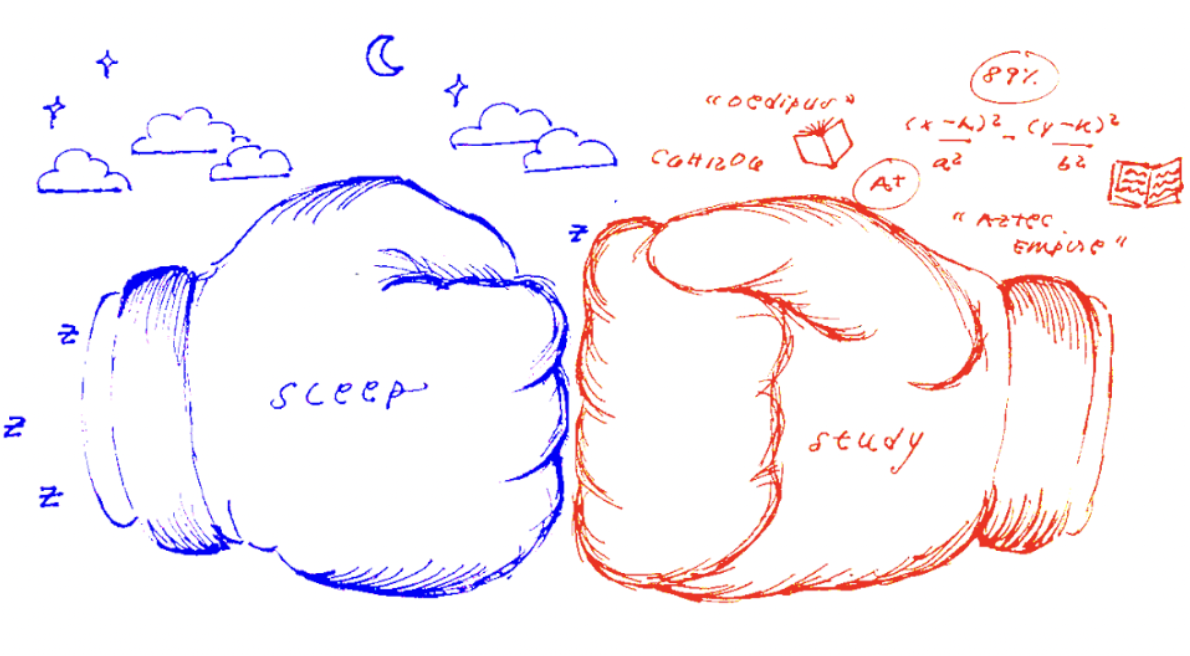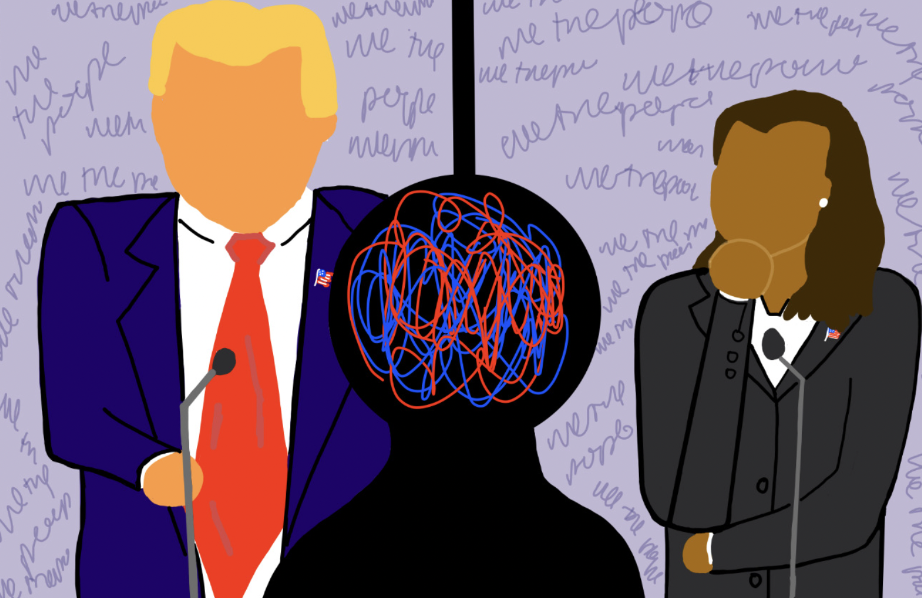From writing notes on an iPad to cramming for a test on a shared Google Doc, technology is ever present in the Groton academic experience. While Groton has embraced many aspects of technology, there is still room for improvement: Performance analytics, personalizing learning, and delivering insight for students and teachers alike, is the next step.
Currently, technology’s main value at Groton lies in its convenience. According to Claudia Dolan, Groton’s Assistant Director of Academic Skills, students prefer digital note-taking apps over traditional paper notebooks because they “allow them to find things quicker.” A smaller form factor and ease of collaboration are also selling points for digital note-taking.
However, simply using technology for convenience’s sake raises a fundamental issue: Many students lack the guidance to use technology productively in ways that help them develop healthy study habits. This lack of instruction in tech causes adverse effects, for example, many students can attest to being distracted or “doom-scrolling” on their devices.
This is where Groton can make a shift by integrating more data-driven performance analytics into the learning environment. By monitoring personal patterns, students would obtain clear, visual representations of their strengths and areas for improvement, making technology more purposeful for them.
One way of collecting such analytics would be phasing out MyGroton in favor of platforms like PowerSchool and Naviance. These platforms go beyond MyGroton’s basic functions (displaying grades, demerits, and absences) since they also reveal students’ qualitative patterns, such as their memory strengths and writing challenges. These platforms achieve this through ad-hoc reporting tools, which track similar patterns across different assessments.
The benefit here is twofold. First, teachers will have a better sense of student needs. Particularly for lower schoolers, who may not have developed self-advocacy skills, such tools will identify students who need extra attention. Second, students will know, in real-time, what aspects of their studies they should work to improve. This approach still encourages students to be proactive. By establishing clearer, tailored objectives, students would feel more invested in their learning journey and engage more deeply with technology-driven activities.
Teachers should continue to intentionally dedicate some class time to tech-free talks, as data analytics and social contact must be balanced for academic achievement. Technology must complement social interaction in the classroom, enhancing rather than replacing it. Performance analytics should serve as a guide, helping students set academic goals, track progress, and take ownership of their learning, whilst teachers provide the human insight and mentorship that data alone cannot replicate.
At Groton, technology in the classroom has immense potential but requires a more direct, goal-oriented approach. This method of using personalized data analytics can help students manage their time more efficiently, encouraging holistic development that develops time management, self-directed learning, goal-setting, resilience, and tech literacy—essential skills for students far beyond school.










